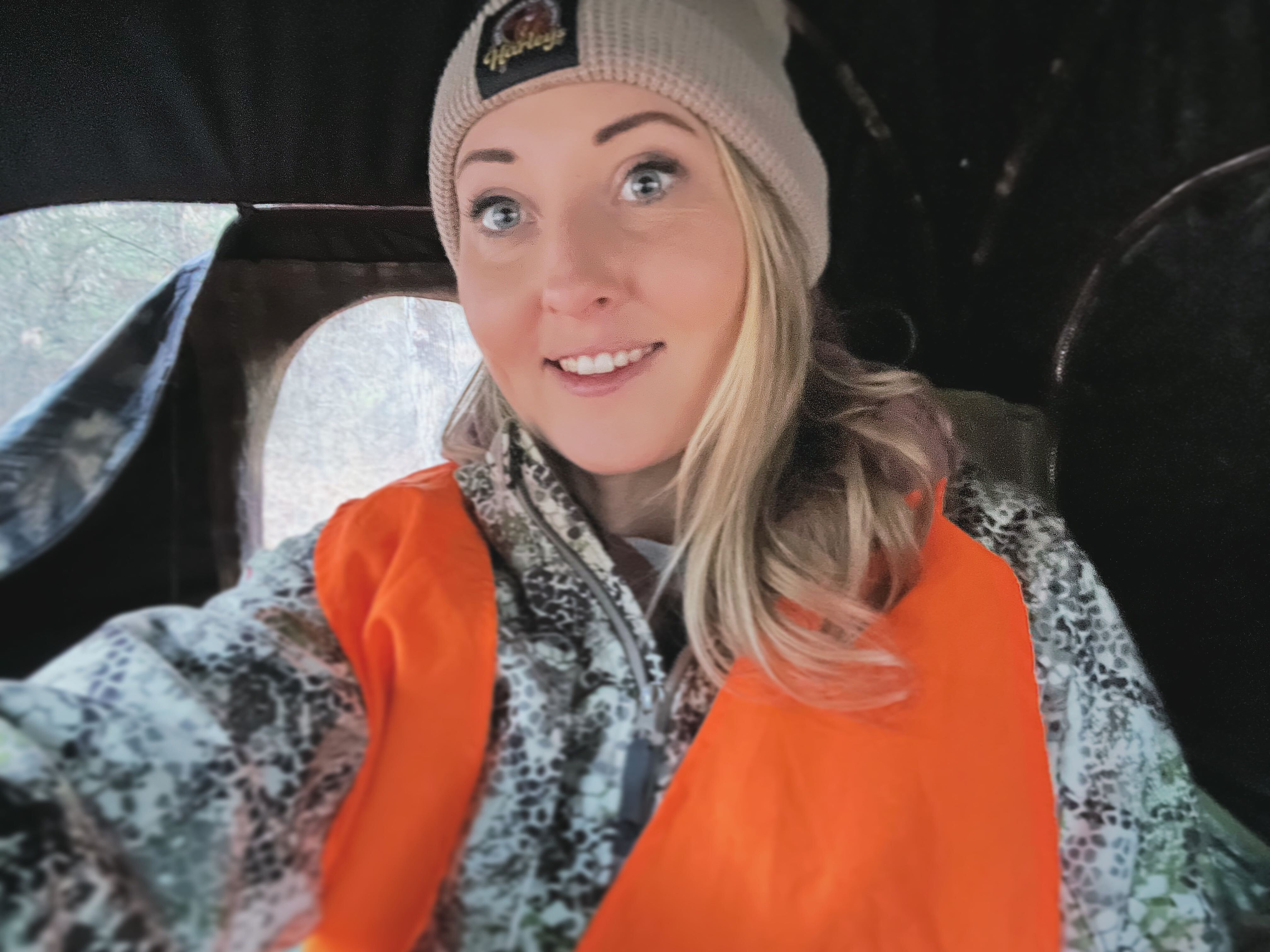Field Guide / Hunting Tips
5 Common Deer Food Plot Mistakes to Avoid this Year
We all make mistakes, and learning from them makes us better hunters. However, you need to know what you're doing wrong to correct it and do it better next time.
Previous in Hunting Tips
More Content Like This

9 of the Best Hunting Books for Your Summer Reading List
Hunting and literature go hand in hand, as the landscapes, pursuits, lifestyles, and appreciation for the natural world of hunting have inspired some of the finest written words ever read. With so many tools and insights, we often forget that there's...Read More
Read More
What Are Surplus Hunting Tags (and How to Find Them)
Missed out on the draw? Sometimes, securing a tag can be one of the biggest hurdles to a hunt, especially during peak application times, when preparing for a hunt on a popular target species or in high-demand zones with intense competition for tags i...Read More
Read More9 Off-Season Tactics Every Deer Hunter Should Do
Any serious deer hunter understands that the season actually lasts 365 days a year. Yes, you read that right. Read More
Read More Hunting Tips
Hunting Tips9 of the Best Hunting Books for Your Summer Reading List
Hunting and literature go hand in hand, as the landscapes, pursuits, lifestyles, and appreciation for the natural world of hunting have inspired some of the finest written words ever read. With so many tools and insights, we often forget that there's...Read More
Read More Hunting Tips
Hunting TipsWhat Are Surplus Hunting Tags (and How to Find Them)
Missed out on the draw? Sometimes, securing a tag can be one of the biggest hurdles to a hunt, especially during peak application times, when preparing for a hunt on a popular target species or in high-demand zones with intense competition for tags i...Read More
Read More Hunting Tips
Hunting Tips9 Off-Season Tactics Every Deer Hunter Should Do
Any serious deer hunter understands that the season actually lasts 365 days a year. Yes, you read that right. Read More
Read More
1 of 3
